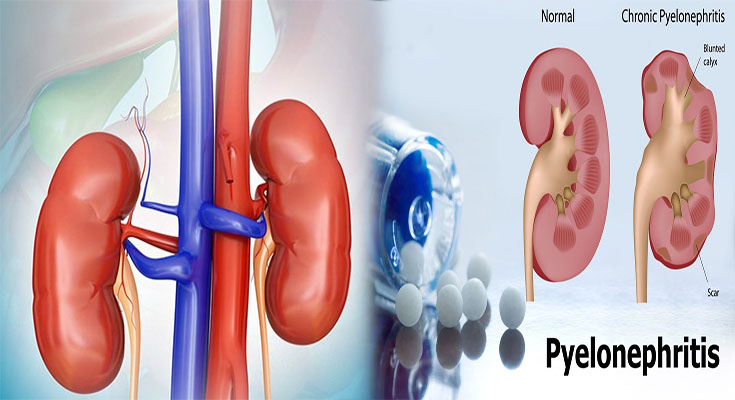If you’ve ever had a urinary tract infection, you know how painful it can be. But the pain that comes with a UTI isn’t always straightforward. For example, some people experience only mild discomfort, while others have severe symptoms like fever and vomiting. In fact, any combination of these signs could indicate a urinary tract infection (UTI). However, if your doctor can’t find anything wrong with your kidneys or bladder during an exam then they won’t normally send you for tests (unless they’re looking for something specific). If this happens to you or someone else who is worried about possible pyelonephritis treatment should consider talking to their doctor about getting extra tests done even if they don’t seem necessary at first glance
Symptoms of Pyelonephritis
- Fever, chills and nausea.
- Vomiting.
- Back pain that spreads to your side or abdomen.
- Pain in your flank area (the lower right side of your abdomen).
Symptoms of Cystitis
The symptoms of cystitis are:
- Pain or discomfort in the lower abdomen.
- Cloudy urine. It may be difficult to see any sediment at all in your urine, which is sometimes described as “clear.” If you do have some sediment, it will appear white or grayish and can be mistaken for blood if you aren’t looking closely enough (see below).
- Foul-smelling urine with a strong odor that doesn’t go away after you urinate. This can happen even if there isn’t much bacteria present–the smell comes from proteins being released into the urethra during inflammation of the bladder wall and other tissues around it.
The color of your urine may also change when you have cystitis: it might become red or pink; darker than usual; lighter than usual; cloudy instead of clear; dark brownish yellow instead of bright yellow like lemonade (which is normal).
If you have symptoms of either, go to the doctor.
Both pyelonephritis and cystitis are serious infections that need to be treated with antibiotics. If you have symptoms of either, go to the doctor.
The most common symptom is pain in your lower back and/or pelvis that gets worse when you cough or sneeze, as well as when you urinate. Other symptoms include a fever over 100 degrees Fahrenheit (37 degrees Celsius), nausea, vomiting, chills and shaking chills (shivering).
If left untreated for too long–more than three days for pyelonephritis or two days for cystitis–the infection could spread up into your kidneys and cause permanent damage there. In rare cases this can lead to life-threatening complications such as sepsis if not treated right away!
If you have symptoms of either, go to the doctor. The most important thing is to get diagnosed and treated as soon as possible. Because pyelonephritis can lead to serious complications if untreated, it’s important not to wait until your symptoms “go away.”





